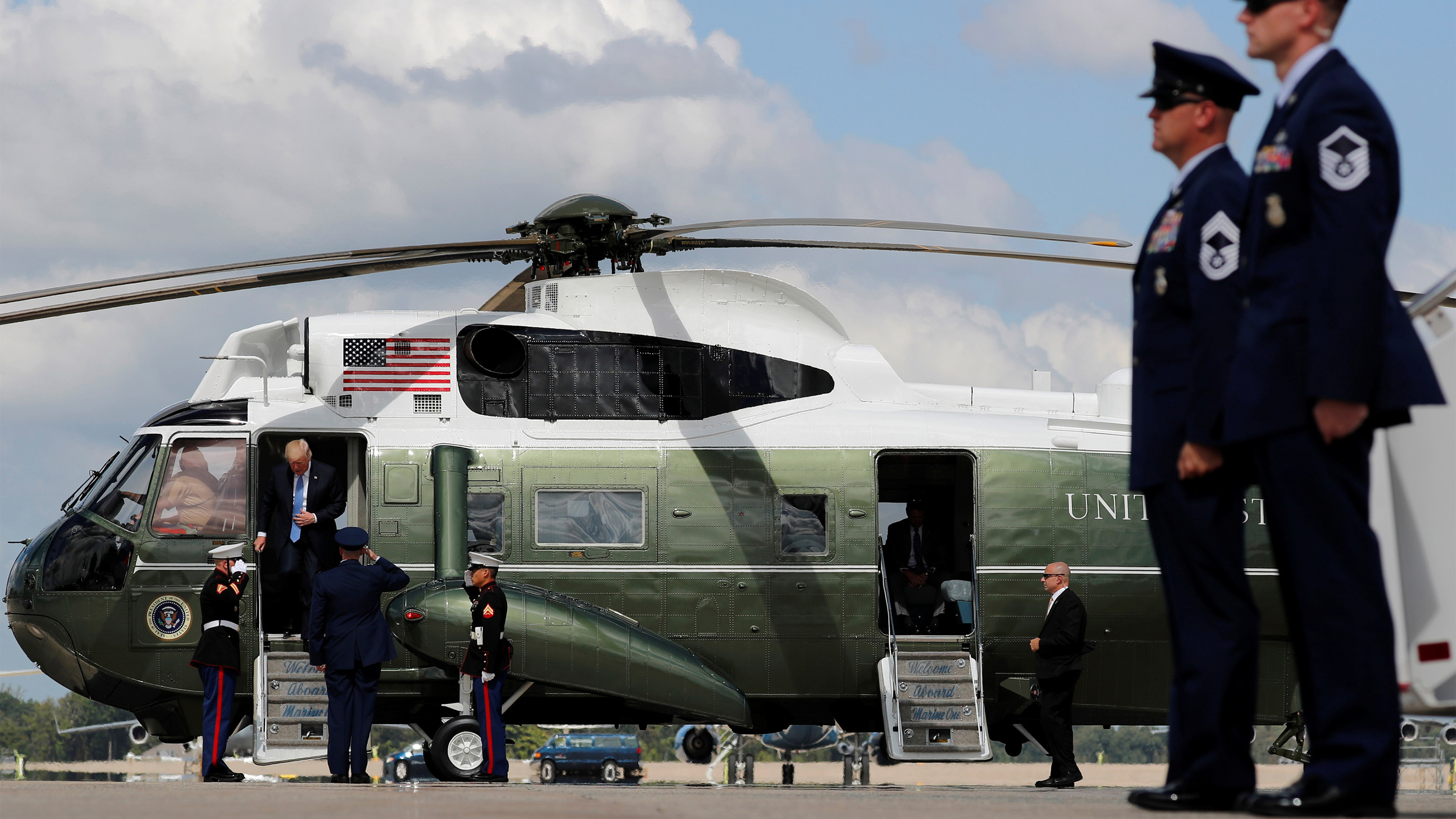Bedminster TFR incursions continuing
‘Best practices’ can help you steer clear
Pilots committed more than 30 airspace incursions and triggered five intercepts in seven days during two recent visits by President Donald Trump to his golf resort in Bedminster, New Jersey. More temporary flight restrictions will be in effect in the area at least into September, security officials informed AOPA when expressing concern about the violations.

AOPA strongly urges pilots to check notices to airmen frequently before flight, and while in flight to stay alert for changes to airspace dimensions and active TFR times that can go into effect with little or no notice.
A 2016 report from RTCA’s Tactical Operations Committee, on which AOPA participates, to the FAA, proposed a variety of ways to mitigate that risk. The report, Improving Graphical Temporary Flight Restrictions in the National Airspace System, offered a set of nine best practices for pilots to follow during preflight preparation, and nine best practices for the in-flight period, to maintain TFR awareness.
“The best practices include checking notams before every flight—even short local flights,” said Nobuyo Sakata, AOPA director of aviation security. “Pilots were also encouraged to use online preflight resources, such as those provided by Flight Service, that provide TFR graphics. They can be used for operational purposes if there is no disclaimer stating otherwise.”
In flight, be sure you understand how electronic flight bags process TFR information, including knowing how reliable the data are, taking “latency” of information delivered via the Flight Information Service-Broadcast (FIS-B) into consideration.
Flight following is another resource pilots should use in the vicinity of TFR airspace, Sakata said, urging pilots to review all the report’s best practices (see pages 46 to 48).
Meanwhile, AOPA continues to work with the FAA, Department of Defense, and the U.S. Secret Service to reduce the number of airspace violations through education outreach and TFR notifications to the pilot community.
Recently AOPA has worked with FAA to design new standard instrument departures (SIDs) for Princeton Airport and Central Jersey Regional Airport. “As of June 2018, the FAA has submitted the designs for development. Charts should be available early next year,” Sakata said.



